Gen Z Performance Appraisal
There has been a lot of writing about how the conventional performance appraisal should change; that employees and managers dislike the process and that, in extreme cases, talent will often leave organizations to find a more fair and balanced performance management experience.
I think we’ll find that we’ll not be able to get rid of the performance appraisal altogether. There will be a need for some structure for setting performance objectives, giving feedback and coaching against objectives, reviewing and evaluating outcomes and providing some level of financial recognition and reward. We may change words that we use to describe parts of the process. We may change when parts of the process may occur. But at the end of the day, we’ll need a process that reliably measures performance outcomes and can guide productivity, compensation and career growth decisions.
At TalentMinders, we believe that while a performance management process will remain, the experience can be vastly improved and should be as soon as possible; taking the experience to one that is trust-based, more agile, real-time and having a more individualized focus on fueling performance in future rather than assessing it in the past. Here is a new appraisal model that:
Heightens employee engagement with trust-based, agile performance management process that recognizes and rewards outcomes as they occur.
Strengthens performance outcomes by setting flexible, short-term individual/team performance targets aligned with business priorities.
Promotes development by identifying flexible, short-term individual development targets aligned with organizational and personal career goals.
Holds managers accountable for exercising effective coaching techniques and behaviors, reinforcing a performance coaching culture.
Process Overview
STEP 1
Formally begin by setting weighted individual / team, short-term (e.g., quarterly), S.M.A.R.T. performance objectives linked to business priorities. Communicate and clarify individual job responsibilities. Use an Individual Development Plan to set individual, short-term (e.g., quarterly), S.M.A.R.T. development objectives.
FEEDBACK & COACHING
Provide continuous check-ins, feedback and coaching to support the achievement of performance and individual / team development objectives as well as achievement of individual job responsibilities. Course-correct and amend objectives throughout year, as required.
STEP 2
Complete reviews and evaluations of individual / team performance objectives, as they are completed. Review and update individual development objectives, as needed. Frequently collect input from multiple sources when evaluating performance.
STEP 3
Communicate and pay a bonus against each individual / team performance objective separately, as they are achieved during the year (using bonus pool with multiplier for individuals – e.g., payout low: 0%; high: 300%).
STEP 4
Formally end process by providing year-end review and feedback against achievement of individual job responsibilities. Communicate and pay department / corporate bonus, as appropriate. Separately, provide year-end review and feedback against achievement of individual development objectives.
STEP 5
Communicate and pay annual merit increase.
